Each statue on display evokes many stories about the creative spirit and rich spiritual life of the ancients. Dr. Hoang Anh Tuan, Director of the Ho Chi Minh City Museum of History, said: "In the journey of exploring the Southern land, along with communal houses, pagodas, assembly halls... built to meet the spiritual and cultural needs of the resident communities, Saigon pottery gradually took shape and developed brilliantly in the 18th - 19th centuries. Pottery was not only used to make everyday objects but was also crafted into sophisticated worship statues, expressing Vietnamese culture in the breath of Taoism, Buddhism and folk beliefs. In these statues there is not only art, but also belief, spirituality, and community memory - values that create the identity of the residents of Saigon - Gia Dinh".
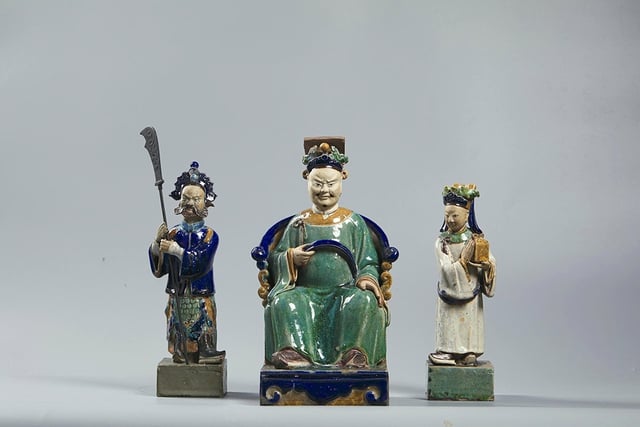
Set of Guan Yu statues (multi-colored glazed ceramic, late 19th century, early 20th century). PHOTO: TUAN HOANG
Visitors will be able to admire Buddhist statues - a famous product line in the old Saigon pottery kilns, with many diverse images: Buddha, Bodhisattva, Arhat, Bodhidharma, Dharma Protector, Tieu Dien... The statues are almost all glazed with 2 main schools: Using a rich glaze color palette to increase the artistic value or covering with a single color gold glaze as the background, then the pagodas will color it according to their own ideas. The posture and costumes on the statues strictly follow the rules of Buddhist iconography.
These statues not only contain art, but also beliefs, spirituality and community memories - values that create the identity of the residents of Saigon - Gia Dinh.
Dr. Hoang Anh Tuan, Director of Ho Chi Minh City Museum of History
In the series of Taoist statues, the most notable is the Tam Quan Dai De set, consisting of 9 statues. The three main gods, Thien Quan, Dia Quan and Thuy Quan, are shown sitting on a throne, accompanied by 6 statues of servants standing on both sides. The overall style of the statue set is very similar to the Ngoc Hoang, Nam Tao, Bac Dau, but still has its own unique features thanks to the differences in shirt patterns, hat styles, hand positions and facial expressions. Through ceramic materials and talented hands, ancient artisans have expressed Taoist gods in vivid folk language.
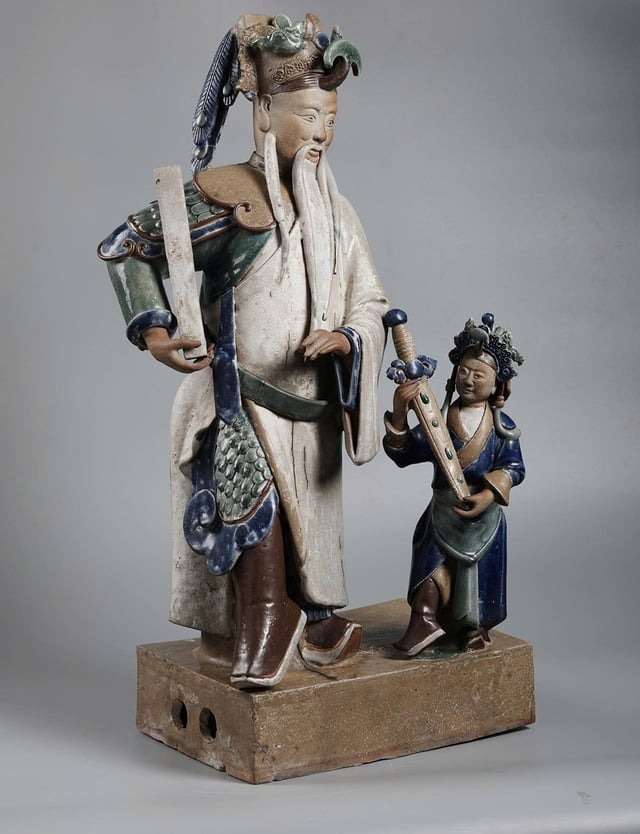
Statue of Gia Quan Tan Tuoc (multi-colored glazed ceramic, early 20th century). PHOTO: TUAN HOANG
Folk worship statues of ancient Saigon pottery clearly reflect the rich spiritual life of the Southern residents in the late 19th and early 20th centuries. Notable are the statues of Thien Hau Thanh Mau, Chua Tien Nuong Nuong, Ngu Hanh Nuong Nuong, Phuc Duc Chinh Than, Quan Thanh De Quan... These products can be painted terracotta statues or glazed ceramic statues, all of which are shaped properly, wearing many layers of clothing, exuding solemnity.
The architectural decorative statues popular in communal houses, pagodas, temples, and assembly halls of both Vietnamese and Chinese people in the South are also interesting highlights. Statues depicting characters in Taoism and folklore such as: Bat Tien, Ong Nhat - Ba Nguyet, Ngoc Nu offering vase, Luu Hai fishing for toads..., along with elaborately crafted miniature statues (ngoa tich), recreating Chinese legends with images of people, chariots, towers, and terraces layered together, creating strong visual depth. Glaze colors such as bronze green, cobalt blue, reddish brown, ivory white, and yellow are exploited to the maximum. With high durability and the ability to withstand hot and humid climates, decorative ceramics have made an important contribution to creating the typical fine art for religious buildings in Saigon - Cho Lon and the whole Southern region.
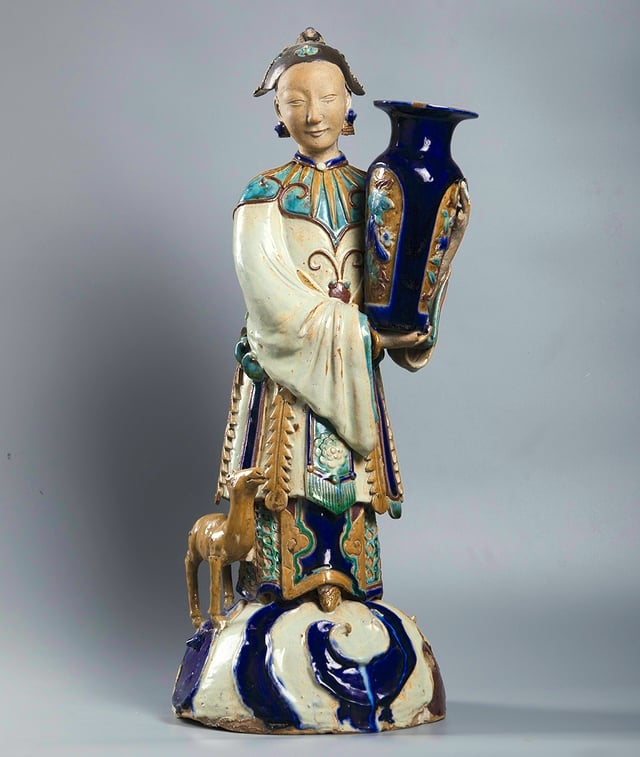
Statue of Jade Maiden offering vase (late 19th century, early 20th century). PHOTO: TUAN HOANG
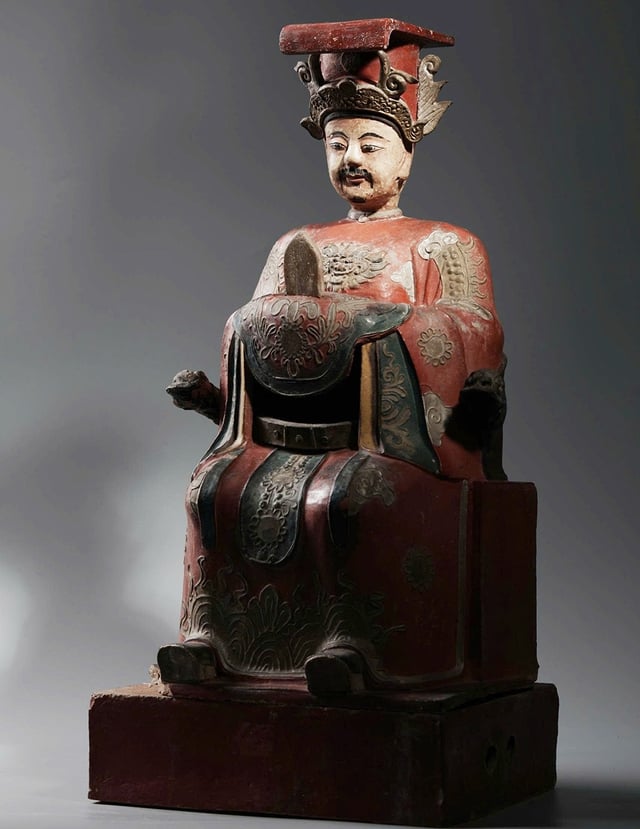
Jade Emperor Statue (lacquered terracotta, late 19th century). PHOTO: TUAN HOANG
On some statues, there are also Chinese inscriptions engraved/embossed - recording the year, pottery kiln (Hung Loi, Buu Nguyen, Dong Hoa, Dong An...), the name of the craftsman - like "earthen documents". This is also a valuable source of information, helping to identify and research more deeply about the ancient Saigon pottery line.
In the deep brown or multi-colored glazes, from rustic to sophisticated designs, viewers find the image of an old Saigon - where folk art blends with spiritual beliefs, where beauty is born from a very simple working life.
Source: https://thanhnien.vn/tuong-gom-sai-gon-xua-di-san-nghe-thuat-doc-dao-185251015203225541.htm







![[Photo] National Assembly Chairman Tran Thanh Man receives First Vice Chairman of the Federation Council of the Federal Assembly of the Russian Federation](/_next/image?url=https%3A%2F%2Fvphoto.vietnam.vn%2Fthumb%2F1200x675%2Fvietnam%2Fresource%2FIMAGE%2F2025%2F12%2F02%2F1764648408509_ndo_br_bnd-8452-jpg.webp&w=3840&q=75)






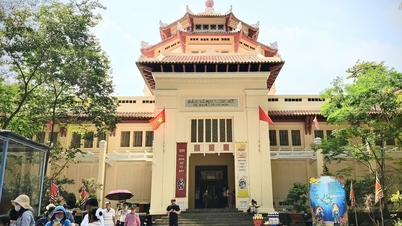
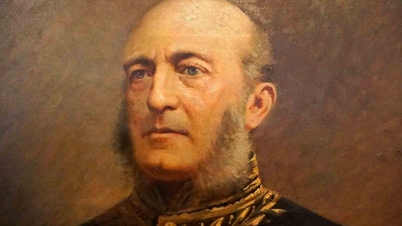
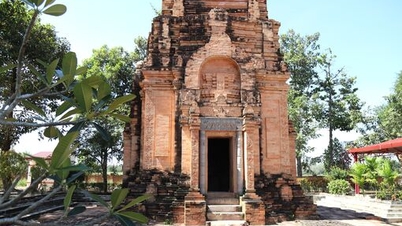

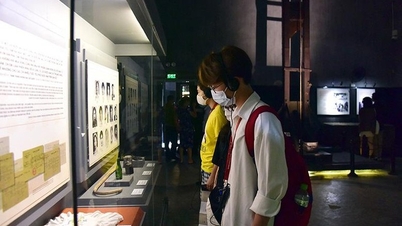

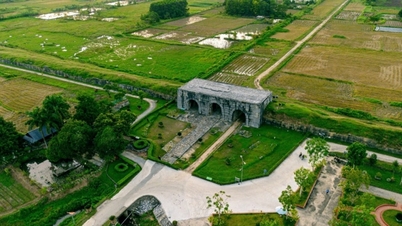













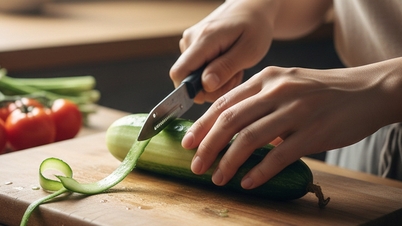

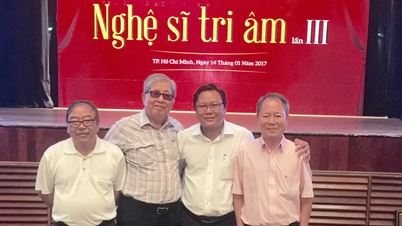






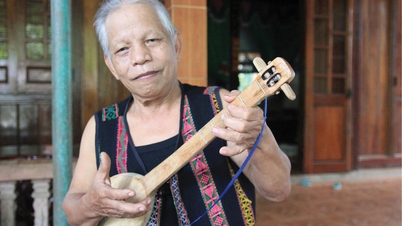

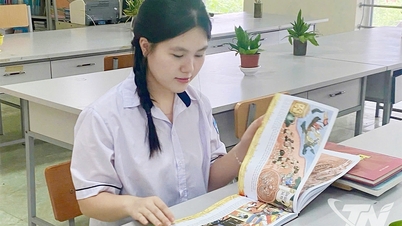











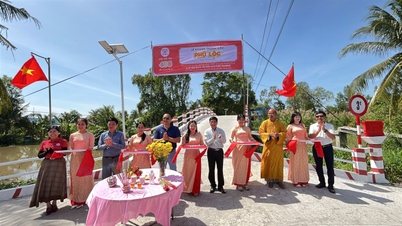











![[Photo] General Secretary To Lam and his wife attend the 50th Anniversary of Laos National Day](https://vphoto.vietnam.vn/thumb/402x226/vietnam/resource/IMAGE/2025/12/02/1764644139308_1.jpeg)





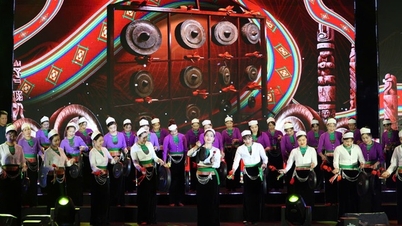





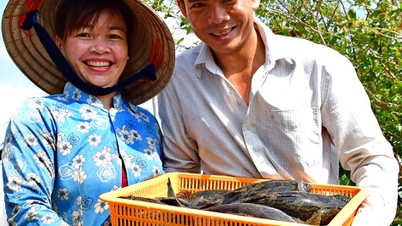

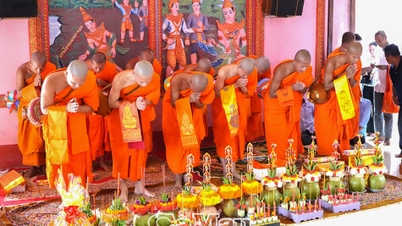


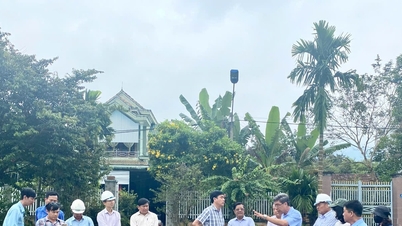












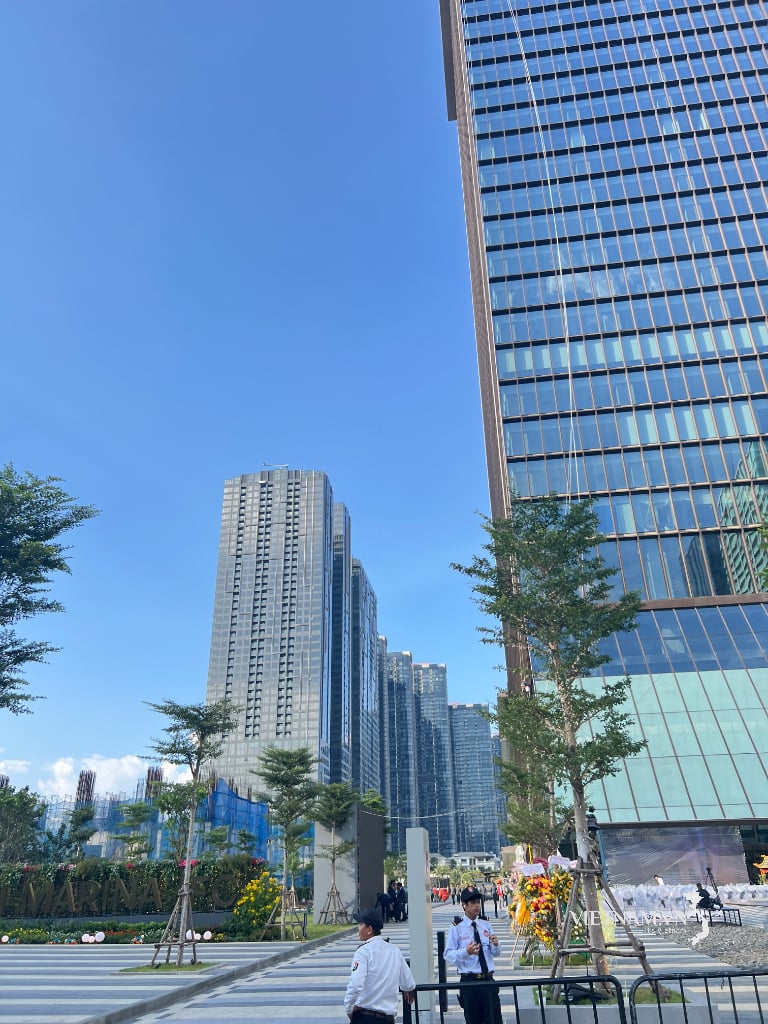
Comment (0)